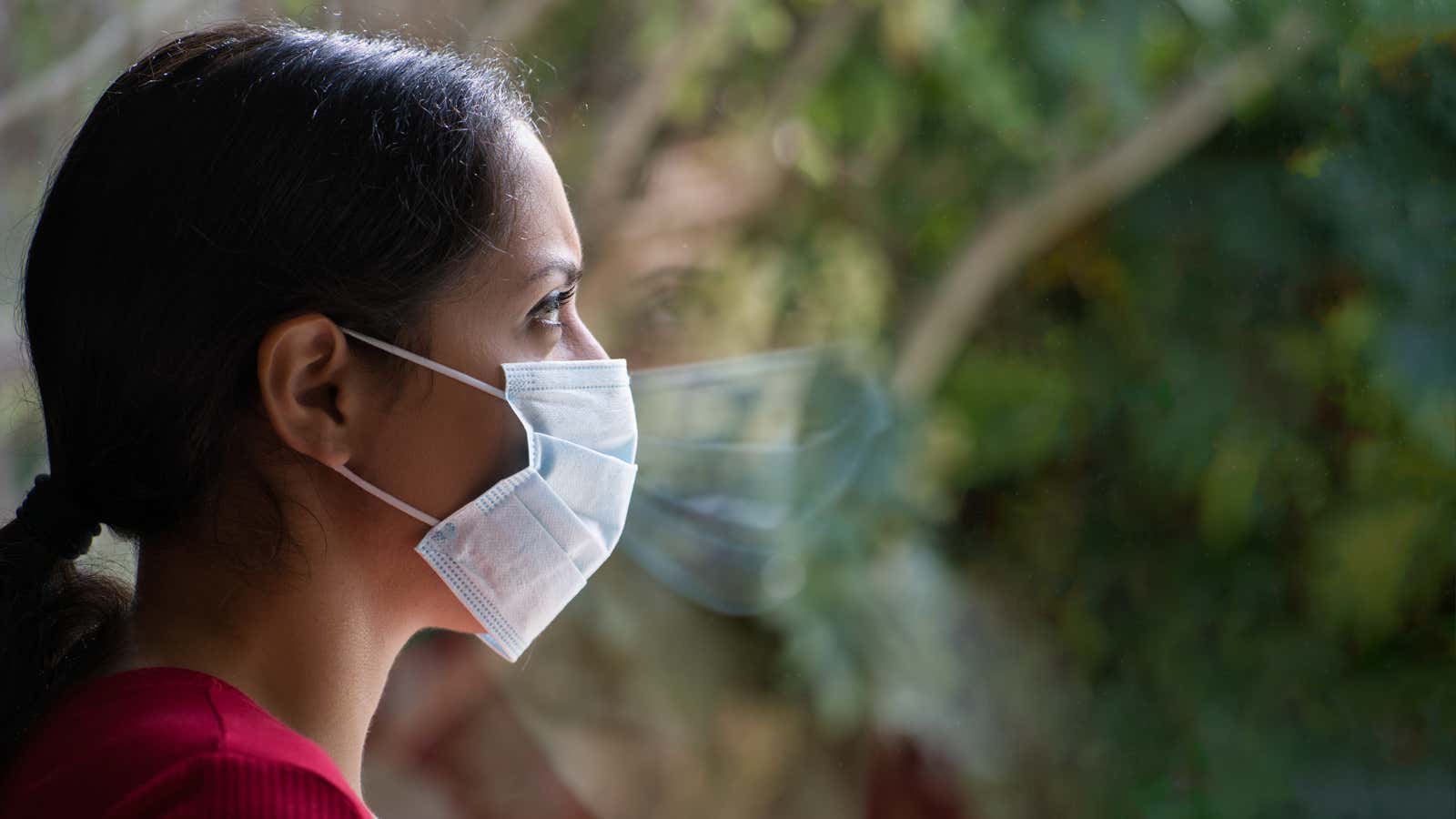Quarantine Has Become Shorter for Some

If you’ve come into contact with someone with COVID-19, the standard advice is to quarantine for 14 days and see if you develop symptoms. But the CDC has now updated its protocols to allow a 10-day or, in some cases, a 7-day quarantine period.
Of course, there is a catch, and in this case, it is the fact that the 14-day quarantine is still the best choice. But CDC officials believe that a 10-day quarantine is sufficient to detect most cases, and that people are more likely to actually comply with the quarantine if they know it will last no more than 10 days.
How does it look in practice?
Let’s say you’re feeling healthy, but found out that a friend you saw a few days ago has COVID. You yourself did not have COVID – and if you did, it was more than three months ago – so you cannot assume that you have immunity.
Oh oh. You could have contracted a virus from them, but if so, then for a while you will not recognize this. On average, symptoms develop after 4-5 days, but sometimes it can last longer: up to 14 days, hence the standard duration of quarantine.
You might think that I’ll just take the test . But taking the test too early can give a false negative result, so this is not your quarantine ticket. You just have to wait.
This is the essence of quarantine: it is a kind of suspended state in which you wait to see if you are infected or not. If you still have no symptoms after 14 days, you can assume that you do not have the virus.
If you develop symptoms (and the test confirms that COVID-19 is the cause), you are no longer filtering out. Your first day of symptoms is now your first day of isolation – so yes, the clock is reset – and you need to isolate for at least 10 days after symptoms start .
What changed?
Under the new rules, you must still do your best not to breathe on other people for the full 14 days, which means wearing a mask when you go outside. And you have to watch for symptoms. If you have a cough and fever on day 13, it could be COVID.
But you can return to work before the expiration of the 14-day period. Your local health department will tell you how long you should be in quarantine, and in some cases they may agree to a reduced 10-day quarantine period. (Don’t pass it off by hand; check your state or county website or ask questions when the contact tracer contacts you.)
If they move for a shorter period of time, there are two ways out of full quarantine:
- You are waiting for 10 days to expire
- You take the COVID test on or after day 5; if the result is negative, your time has expired after the 7th day.
Why is this okay?
Because we live in hell. “Reducing the duration of quarantine can make it easier for people to quarantine by reducing economic hardship if they are unable to work during this time,” explains the CDC. In other countries, people are paid to stay at home when they are sick . In the United States, our leaders have refused to do the same. This means that for many workers, compliance with quarantine rules means no income.
The new recommendations do not mean that our overall situation has changed. But the reduction in quarantine means you may find yourself in financial hardship for a shorter period of time. Hopefully you will also have a better chance of participating in testing and contact tracing if you risk not working for one week, but for two.
“In addition, a shorter quarantine period can reduce the burden on the public health system, especially when the number of new infections is growing rapidly,” continues the CDC. Again we live in hell. We have so many COVID cases and we record so many new cases every day that contact trackers can’t keep up with them. The time that healthcare workers spend in quarantine is a time when they are unable to treat patients, and staffing is now a bigger issue than the availability of beds in an intensive care unit .
Read the official CDC quarantine rules for more information.